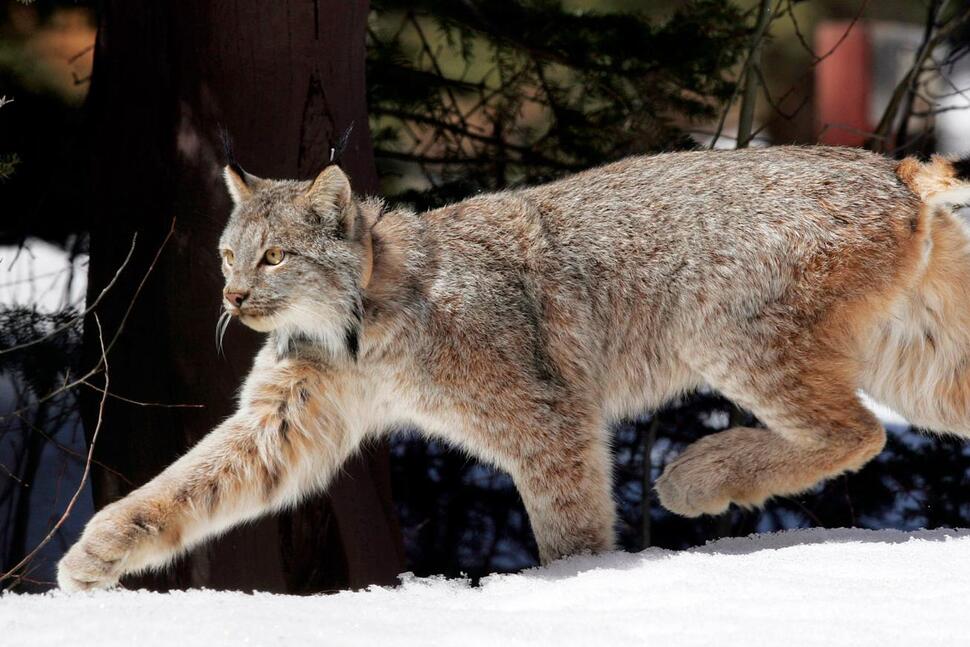U.S. wildlife officials have finalized a recovery plan for the threatened Canada lynx, proposing new habitat protections in the southern Rocky Mountains and other regions to address the growing threat posed by climate change. The plan, which includes nearly 7,700 square miles of protected forest and mountain habitats in Colorado and northern New Mexico, aims to ensure the long-term survival of these elusive wildcats, which primarily prey on snowshoe hares.
The new proposal marks a shift from previous plans that excluded the southern Rockies and focused on areas like Wyoming, Montana, Minnesota, and Maine. The revised plan aims to adapt to the latest science, removing areas deemed unlikely to support lynx in the future while adding more suitable regions. This shift is seen as a positive step for the species’ conservation.
Lynx populations have long been at risk in the contiguous U.S., largely due to habitat loss, lack of regulatory protections, and hunting pressures. Climate change, however, has become a growing concern, as warmer temperatures threaten to melt the lynx’s snowy habitat and decrease the availability of their primary food source, the snowshoe hare. Despite the challenges, wildlife officials remain hopeful that maintaining lynx populations in certain strongholds, particularly in the southern Rockies and near Yellowstone, could allow them to persist in a warming world.
The proposal follows a 2016 court ruling that faulted federal officials for failing to designate adequate protections for lynx habitat in Colorado, Montana, and Idaho. The new habitat protections are part of broader efforts to maintain a sustainable lynx population, with a target of 875 lynx across the contiguous U.S. over a 20-year period.
While Maine currently holds the largest lynx population, the state is expected to face greater impacts from climate change. Officials are working to minimize the effects of climate warming by preventing habitat destruction, avoiding road construction in critical areas, and ensuring habitat remains intact for the long-term survival of lynx populations.
A final decision on the proposal is expected by the end of next year.
